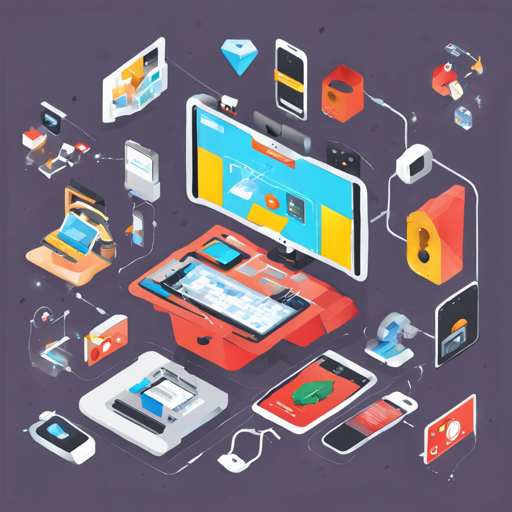In today’s digital landscape, understanding your users’ environments is key to providing an exceptional user experience. This is where the ng-device-detector module comes into play. This Angular library allows you to easily detect the Operating System, Browser, and Device your application is running on, enabling dynamic adjustments to your app’s presentation layer. In this guide, we’ll walk through the steps to install, configure, and utilize ng-device-detector with user-friendly explanations and troubleshooting tips.
Installation
To kick things off, you’ll need to install ng-device-detector. You can accomplish this via npm or Bower:
- Using npm:
npm install ng-device-detector --savebower install ng-device-detector --save
Setting Up Your Application
Next, you need to integrate ng-device-detector into your Angular application:
- In your main app module, add
ng.deviceDetectorto your dependencies:
angular.module('app', ['ng.deviceDetector']);DeviceDetector service into your controller:angular.module('app').controller('Home', function($scope, deviceDetector) {
// Awesome stuff
});<div device-detector></div>Custom Detectors
If you want to create specific detection capabilities beyond what’s available, you can set up custom detectors using the following code:
angular.module('app', ['ng.deviceDetector'])
.config(['deviceDetectorProvider', function(deviceDetectorProvider) {
deviceDetectorProvider.addCustom('Custom_UA_Entry', {
and: ['bCustom_UA_Entry'],
not: ['bChrome']
});
}])
.controller('Home', function($scope, deviceDetector) {
$scope.customUAEntry = deviceDetector.custom['Custom_UA_Entry'];
});Understanding the deviceDetector Service
The deviceDetector service provides several useful properties:
- raw: Contains the raw values (internal use).
- os: Name of the current Operating System.
- browser: Name of the current Browser.
- device: Name of the current Device.
Example and Support
If you’d like to see concrete examples of ng-device-detector in action, check out this Plunker demo.
The current list of supported browsers, operating systems, and devices can be viewed here. Contributions via pull-requests are highly encouraged!
Troubleshooting
Here are a few common issues you might run into while using ng-device-detector:
- Device Detection Fails: If the deviceDetection is not working as expected, confirm that the scripts are included and imported correctly in your HTML.
- Custom Detectors Not Working: Make sure to follow the correct syntax and that your custom user-agent strings are correctly defined.
- CSS Classes Not Applying: Check that you’ve included the directive in the right component and that the Angular digest cycle runs properly.
For more insights, updates, or to collaborate on AI development projects, stay connected with fxis.ai.
The Big Picture
At fxis.ai, we believe that such advancements are crucial for the future of AI, as they enable more comprehensive and effective solutions. Our team is continually exploring new methodologies to push the envelope in artificial intelligence, ensuring that our clients benefit from the latest technological innovations.

